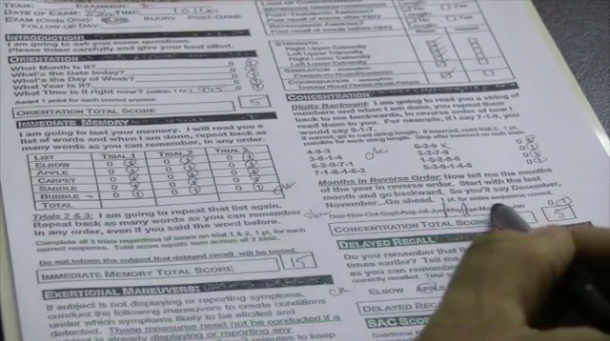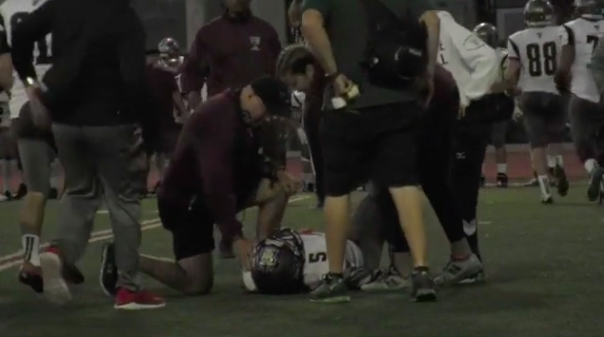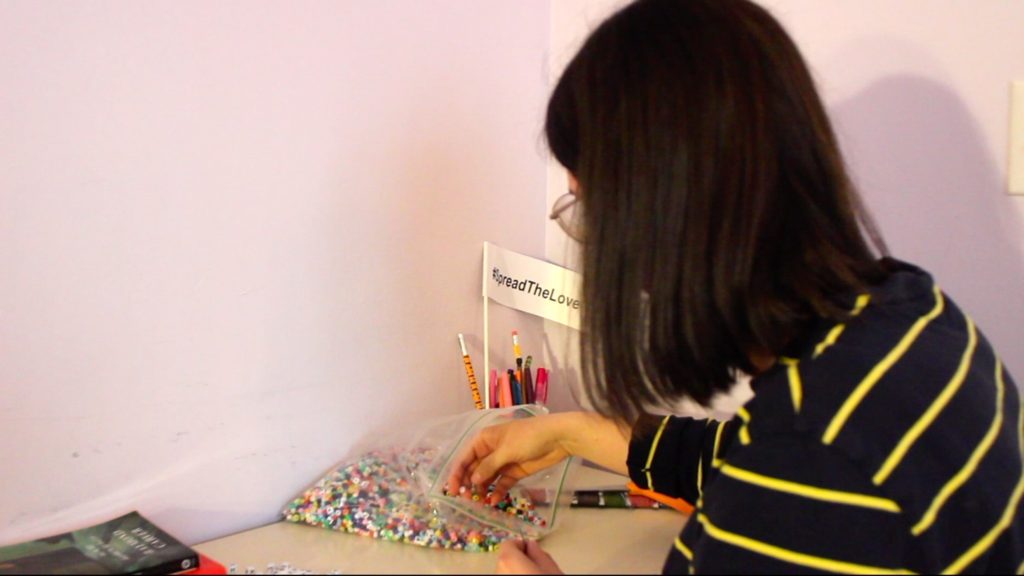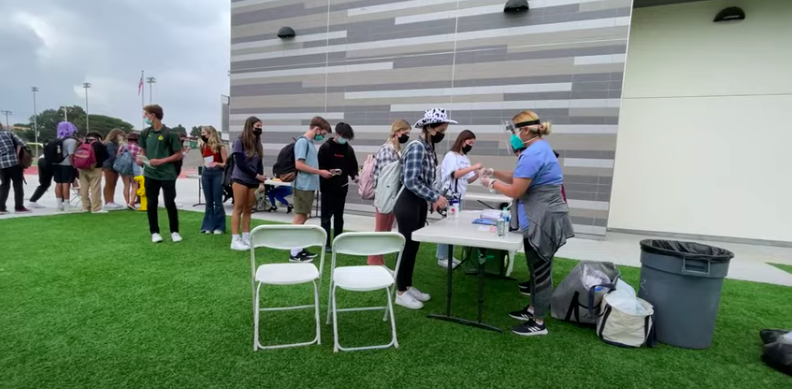Determining whether an athlete has been concussed is not always crystal clear. At the time of the concussion, the athlete may be unable to stand or respond, indicating that he or she would need immediate medical attention. But what happens when the athlete is able to respond normally at the time of the concussion, but discovers a week later that their constant migraines were caused due to a minor concussion? There’s a thin line that could potentially put athletes at risk for further injury or brain damage if concussions are not diagnosed properly.
A preventative step in these scenarios is often the accuracy in diagnosis by the athletic trainer or doctor. Although doctors have the final say in the athlete’s examination, the athletic trainer has a valuable say in this decision before the athlete even heads to the doctor’s office.

At Mira Costa, athletic trainer Tim Cooper is on the constant look-out for injuries and concussions amongst student athletes. He conducts baseline concussion tests on athletes pre-season to record cognitive reaction time and processes beforehand. For every game of a high-impact sport, he stands on the sidelines observing the players to make sure he can take immediate action when necessary. If a student becomes concussed during a game, he is readily available to conduct a concussion test to make sure the athlete gets treated as soon as possible.
Although athletic trainers are not doctors, they are required to undergo training in concussion testing. It is not uncommon for athletic trainers have certain advantages over doctors when it comes to concussion diagnosis. These advantages can include the trainer’s close proximity to the athletes during games. If an athlete is injured or concussed, the trainer is able to examine the athlete on-site. Athletic trainers may also know the athletes better if he or she is constantly interacting with them everyday. That relationship can be very beneficial for athletes that don’t self-report their concussions, since the trainer would be able to easily recognize when something seems to be wrong.

But athletic trainers and doctors have one thing in common, and that is their concern and priority over the safety of student athletes.















